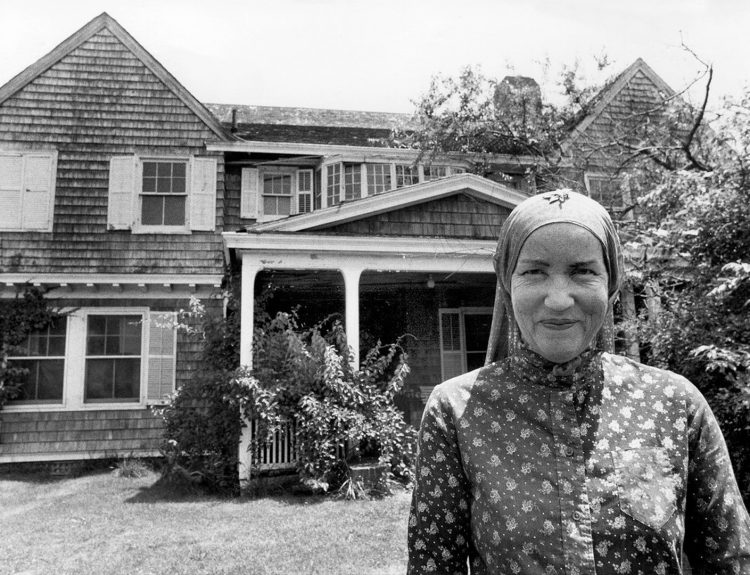The Supreme Court of the US is the highest court in the country and usually rules on issues that will affect everyday citizens to a considerable degree. Clarence Thomas, one of the justices of the Supreme Court, would like it to rule on a case that it hasn’t even seen yet. Why’s this case special? Let’s see.
Rent Stabilization Laws in New York City
Thomas has an issue with the rent stabilization legislation for New York City. The Supreme Court declined to take up a case last Tuesday that would have caused them to review the legislation that affects up to one million renters in the city.
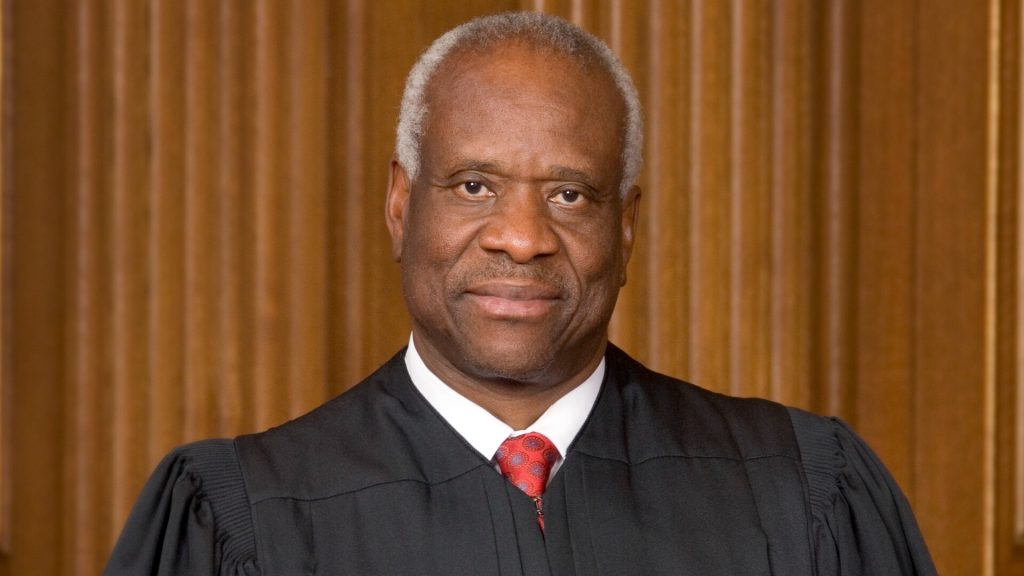
On hearing that they declined to hear the case, Thomas urged them to look at future cases that may force the Court to intervene. The rent stabilization legislation grants rights to a million renters throughout New York City.
Guaranteeing Affordability and Renters’ Rights
Those who support the rent stabilization legislation state that it gives rights to many renters and ensures that they can’t be ejected from their homes without due cause. The law also ensures that rent remains affordable for many people.’

The legislation puts a cap on how much landlords can charge as rent and how much they can increase the prices on their property. For many renters in New York City, it’s the only way they can afford rent in one of the most populated cities in the world.
Potentially Governmental Overreach
Those who are against the rent stabilization legislation for New York City state that the law infringes on the landlord’s right to enjoy property as they see fit. Many critics see the law as overbearing, forcing landlords to do what the government wants.

Should someone who owns a property be allowed to charge whatever rent they want for that property? Believers in the free market think they should, and they see the rent stabilization law as flying in the face of that freedom to enjoy property.
The Market Finds Its Level
Economists have, for the most part, agreed that rent control laws end up hurting people more than helping them. Landlords don’t get the actual market value of their rental properties. In some cases, they simply sell their properties because they can’t capitalize on their earning potential.

Tenants also suffer from rent controls. While it allows for certain areas to be affordable, data shows that many people who get a rent-controlled apartment refuse to move, even if that apartment no longer suits their needs. This leads to a mismatch in demand and supply.
Property Prices Also Suffer As a Result
Rent control also hurts the cost of property. In New York City, many properties are valuable, even those with rent controls. However, because landlords don’t get the real value of their property, they are encouraged to sell below the expected market value.

Demand and supply still apply to the market, and while the demand is high for property, it’s significantly less high for rent-controlled property. This results in depressed property prices for rent-controlled apartments, meaning that landlords are affected either by keeping the property or selling it.
Thomas Underlines How Rent Control Impacts Landlords
In a filing released on Thursday, Thomas said that the Supreme Court could not deal with the matter in the manner it was brought up. Still, he urged them to consider the rent stabilization legislation if it comes up in the future. This will likely happen as more and more landlords see the legislation as unconstitutional.
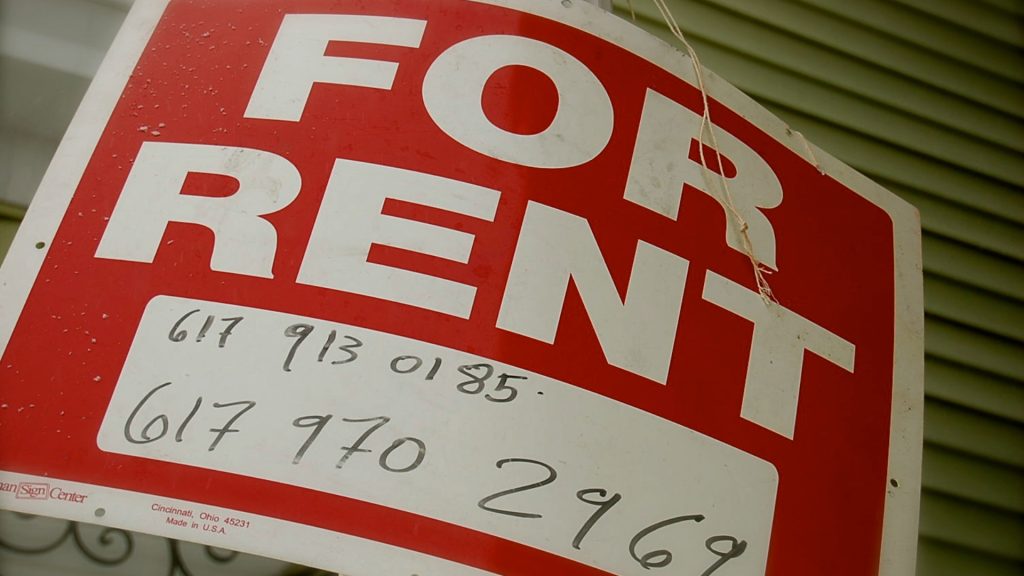
Underlining that the rent control situation affects over a million apartments in New York City alone, he said that the constitutionality of areas like New York City is a vital question for the Court to address.
Is Rent Control Constitutional?
Thomas noted that the Supreme Court knew particular workings of the legislation in question, but there was a lot more they didn’t know about. He called for further understanding of how New York City uses regulations to ban landlords from increasing their rent.

He also highlighted that previous appeals given to the court don’t facilitate that understanding. While they weren’t in a position to address the matter at this juncture, more opportunities for review will eventually come up. Thomas wants the Supreme Court to pay attention to them.
Thomas Wants to Grant Certiorari To Delve Into This Question
In his filing, Thomas noted that the Court should grant certiorari to look at the details of how New York City can control evictions and what landlords can charge as rent. Certiorari is not a term most people have ever heard regarding the law.

In its simplest form, certiorari means the purview of a higher court to address and correct something instituted as law by a lower court. It’s a judicial review that the Supreme Court can undertake to determine whether the New York District legislation goes against the spirit of the law.
Stakeholders Weigh In
Several legal professionals had their own opinion on the lack of a ruling by the Supreme Court. New York City Councilor Keith Powers mentioned that the ruling was a win for those living in rent-controlled apartments in New York City.

Attorney Daniel Suitor saw things in a different light. He noted that this wasn’t an outright denial of rent control reform but rather a deferral. Thomas’ statements encourage landlords to try again, and they might get a hearing the second time around.
An Old Law With Longstanding Traditions
The rent stabilization law was initially passed in 1969. It came from several strikes and protests about unfair rental rates and poor treatment of tenants by landlords. Since the 1920s and into the 1940s, rental rates in New York City were higher than in other parts of the country.
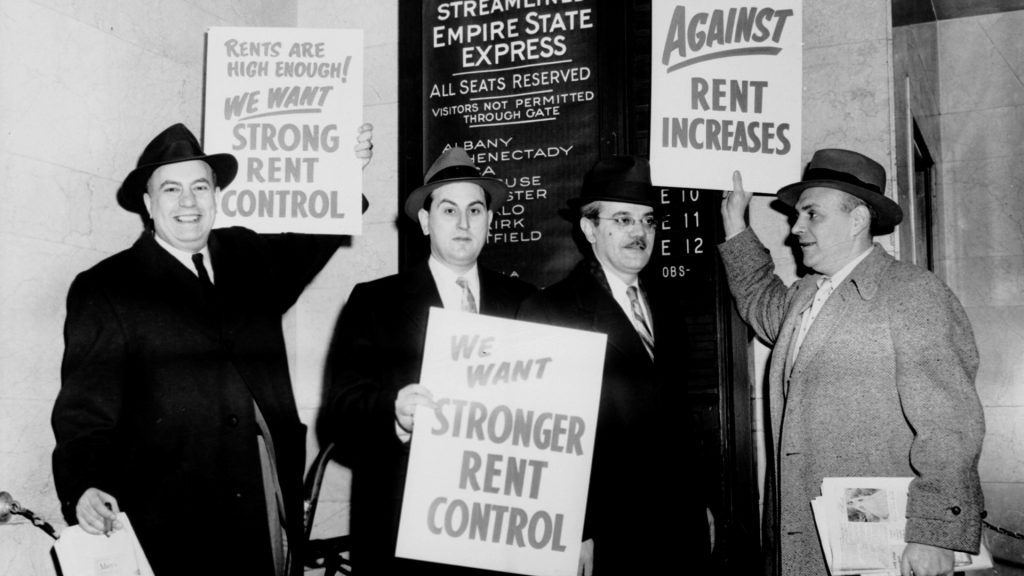
Some people claim the rent stabilization code instituted in the 60s was an attempt to stop tenants and landlords from abandoning the city, but that’s not true. Increased vacancy rates in some areas and unchecked rent increases in others forced then-Mayor John Lindsay to develop a solution.
Economists Hate Rent Controls
Aside from the landlords who dislike not being able to raise rent as they see fit, economists also hate rent controls. Economists don’t see the housing market as a stand-alone entity but as part of a larger fabric of the open market.

Research has concluded that while rent controls may help make houses more affordable, they do nothing to promote the creation of new housing. As the population continues to grow, they will need more housing to support them, and rent controls reduce the amount of new housing coming onto the market.
How Does Rent Control Reduce New Housing Initiatives?
In areas where rent control exists, developers have no incentive to build new apartments for people. While the cost of maintenance of these apartments will go up with time, the income they make will remain stagnant thanks to the rent controls on the property.
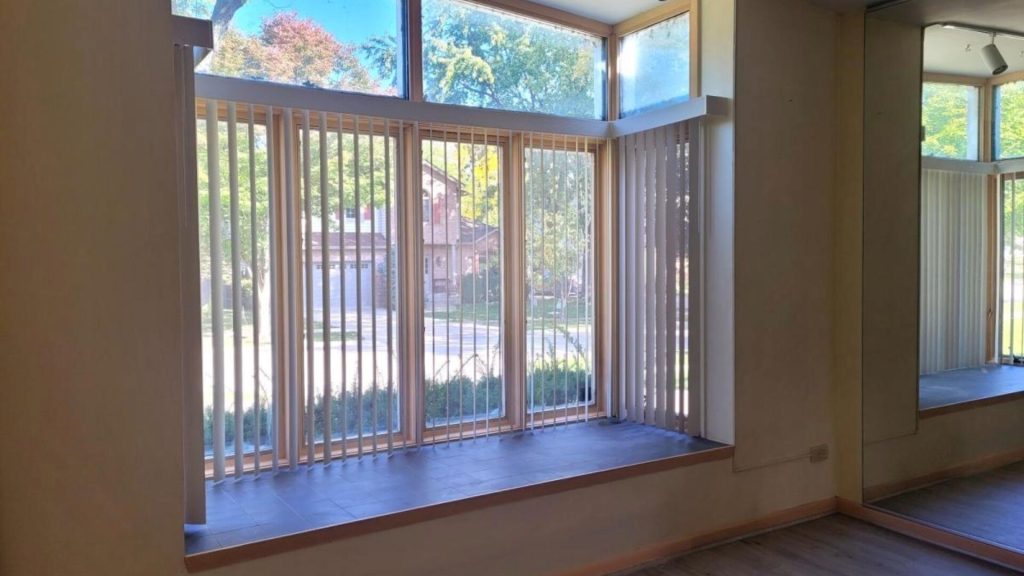
Additionally, as mentioned above, developers can’t even sell these properties for their market value, making investing in construction a bad business decision. Instead, they would be better served developing where no rent controls are in place, getting the true value of their investment as returns.
Reduced Availability Because Of Misallocation
The most egregious problem that rent control introduces is misallocation of resources. Renters in a rent-controlled apartment may hold onto that apartment even when they no longer need the space. The guarantee of rent control ensures that they won’t give up the apartment because the price is too good.
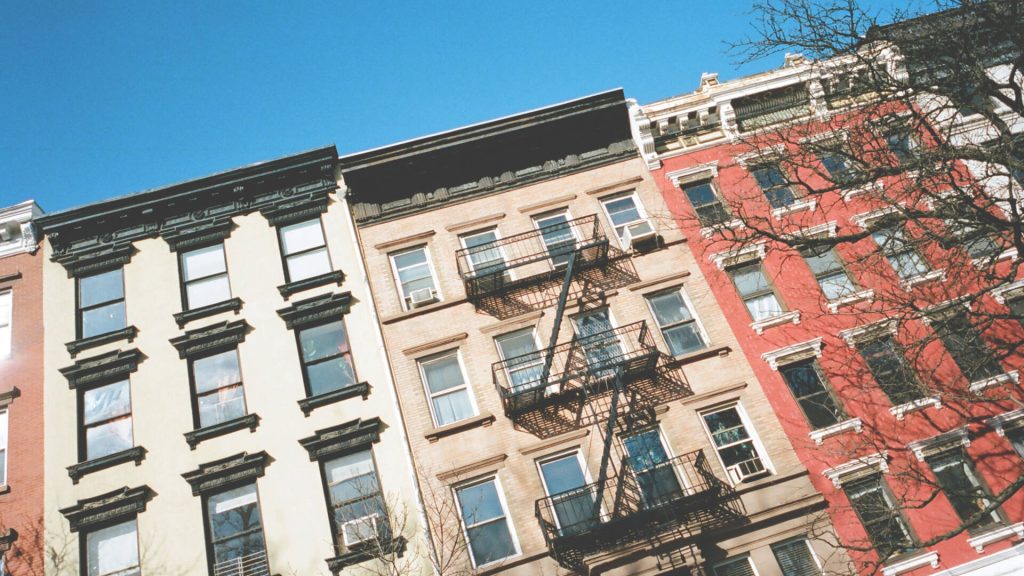
The misallocation continues as families who have a rent-controlled apartment won’t give it up to younger families who may need the housing. It turns the entire idea of supply and demand on its head and makes it harder for others to get the housing they need in high-demand areas.
The US Has A Housing Availability Problem
Aside from the problems faced by New York City for housing, the issue stretches far and wide across the entire United States. A combination of lack of permits, low expectations of returns on investment, and fewer developers willing to build risky developments in urban areas have made it nearly impossible to find affordable housing.

The Biden Administration intends to build low-income affordable housing in certain areas, but it may not be nearly enough to deal with the problem in places like New York City. Removing or reforming rent control legislation may do more to free up housing for those who need it.
In The Hands of the Supreme Court
At the moment, the Supreme Court can do nothing about the rent control situation in New York, yet the door is open for reconsideration. If landlords petition the court and ask the right questions, they could see codes established over fifty years ago challenged and overturned. But is it the right decision?

Landlords will contend that being able to enjoy their property as they see fit is something they should be entitled to under the Constitution. Renters may not see it that way and may instead see it as opening the door to ruthless landlords preying on their tenants instead.





